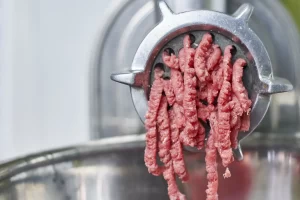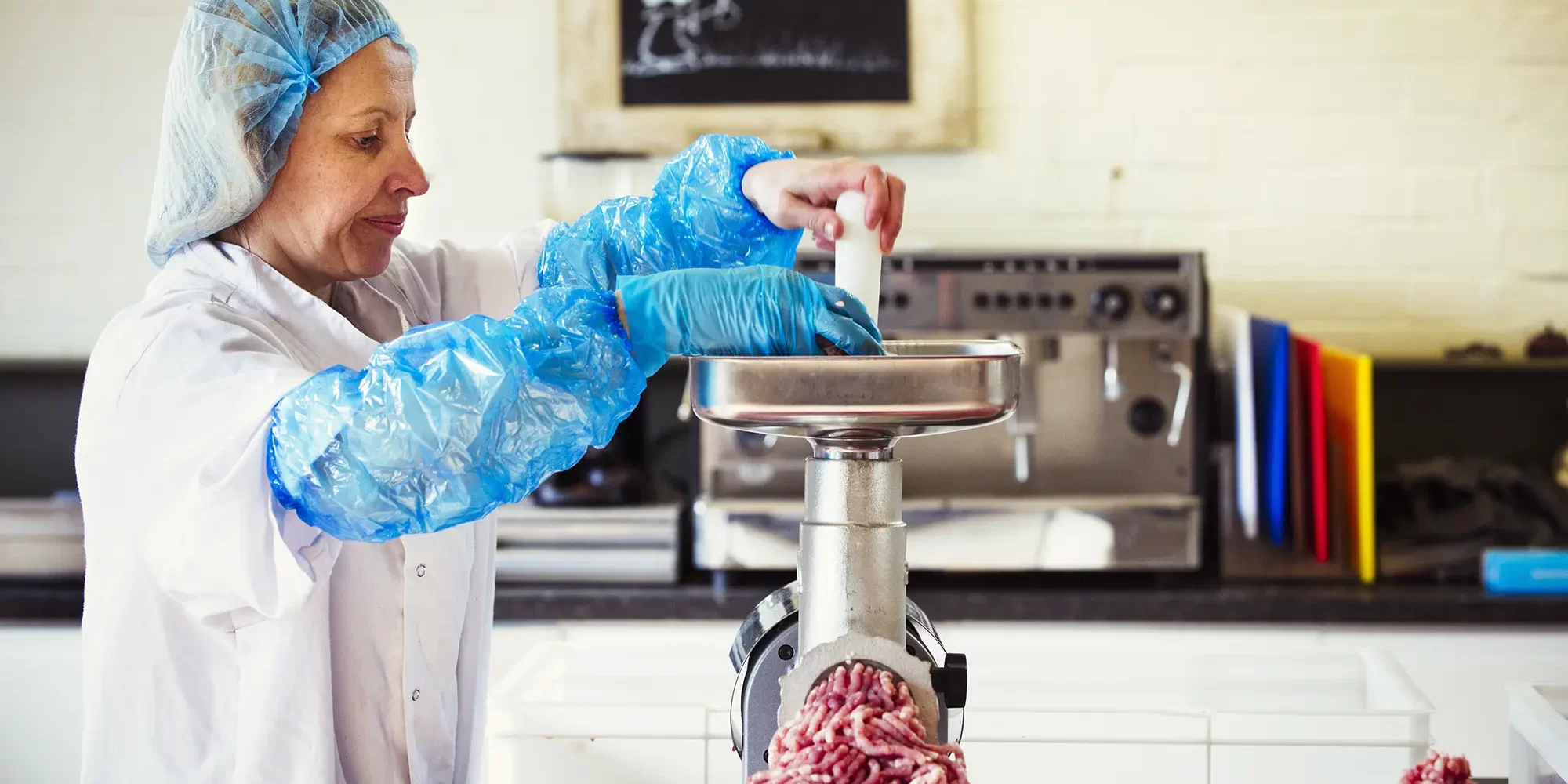Ensuring food safety in meat processing is paramount to protecting public health and maintaining industry standards.
Microbial contamination is a significant concern, as it can lead to foodborne illnesses and compromise the quality of meat products.
 Chlorine Dioxide (ClO2) has emerged as a powerful tool in reducing microbial contamination in meat processing, offering an effective solution for enhancing food safety and ensuring compliance with stringent food safety regulations. This article explores the benefits and application of Chlorine Dioxide in the meat processing industry.
Chlorine Dioxide (ClO2) has emerged as a powerful tool in reducing microbial contamination in meat processing, offering an effective solution for enhancing food safety and ensuring compliance with stringent food safety regulations. This article explores the benefits and application of Chlorine Dioxide in the meat processing industry.
The Challenge of Microbial Contamination in Meat Processing
Meat processing environments are particularly susceptible to microbial contamination due to the nature of raw meat and the various stages of processing. Common pathogens such as Salmonella, E. coli, and Listeria can proliferate in these environments, posing significant health risks to consumers. Traditional sanitation methods, while helpful, often fall short in completely eradicating these pathogens, necessitating more advanced and effective solutions.
How Chlorine Dioxide Works
Chlorine Dioxide is a potent oxidising agent that works by disrupting the cell walls of microorganisms, effectively killing bacteria, viruses, and fungi. Its unique properties make it ideal for use in meat processing:
- Broad-Spectrum Efficacy: ClO2 is effective against a wide range of pathogens, ensuring comprehensive microbial control.
- Low Residual Levels: Unlike other disinfectants, ClO2 breaks down into harmless by-products, leaving minimal residues on treated surfaces and products.
- Non-Corrosive: ClO2 is less corrosive to equipment compared to traditional chlorine, helping to maintain the integrity of processing facilities.
Applications of Chlorine Dioxide in Meat Processing
- Surface Disinfection: ClO2 can be used to disinfect surfaces, equipment, and utensils in meat processing plants, ensuring that all contact surfaces are free from harmful microorganisms. Regular application helps maintain a sanitary environment, reducing the risk of cross-contamination.
- Water Treatment: Treating process water with ClO2 ensures that water used in meat washing, rinsing, and chilling is free from microbial contaminants. This is crucial in preventing the spread of pathogens through water used in various stages of meat processing.
- Air Disinfection: In processing environments where airborne pathogens can pose a risk, ClO2 can be used to purify the air, reducing the likelihood of contamination during the processing stages.
- Product Treatment: ClO2 can be directly applied to meat products in controlled concentrations to reduce surface microbial loads without affecting the quality or taste of the meat. This helps in extending shelf life and ensuring the safety of the final product.
Benefits of Using Chlorine Dioxide in Meat Processing
- Enhanced Food Safety: By effectively reducing microbial contamination, ClO2 helps ensure that meat products are safe for consumption, protecting public health.
- Regulatory Compliance: Using ClO2 helps meat processing facilities meet and exceed food safety regulations set by health authorities, reducing the risk of non-compliance penalties.
- Improved Product Quality: Maintaining a cleaner processing environment and reducing microbial loads on products can enhance the overall quality and shelf life of meat products.
Implementing Chlorine Dioxide in meat processing is a strategic move towards ensuring enhanced food safety. Its broad-spectrum efficacy, low residual levels, and versatility make it an indispensable tool for the meat processing industry. Scotmas offers advanced ClO2 solutions tailored to the specific needs of meat processors, helping them achieve higher standards of sanitation and compliance.
For more information on how Chlorine Dioxide can benefit your meat processing operations, contact Scotmas today. Our experts are ready to provide customised solutions to help you maintain the highest levels of food safety and product quality.






